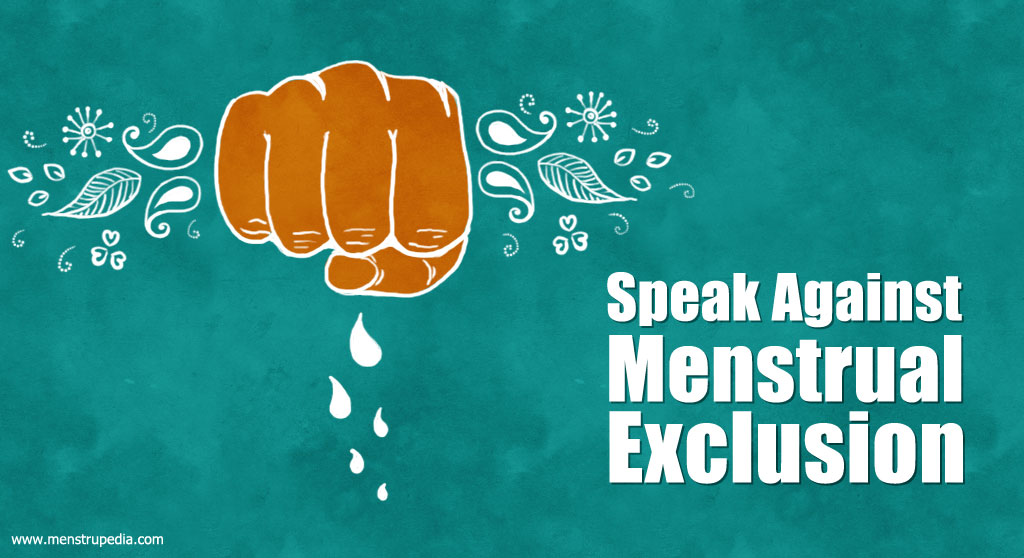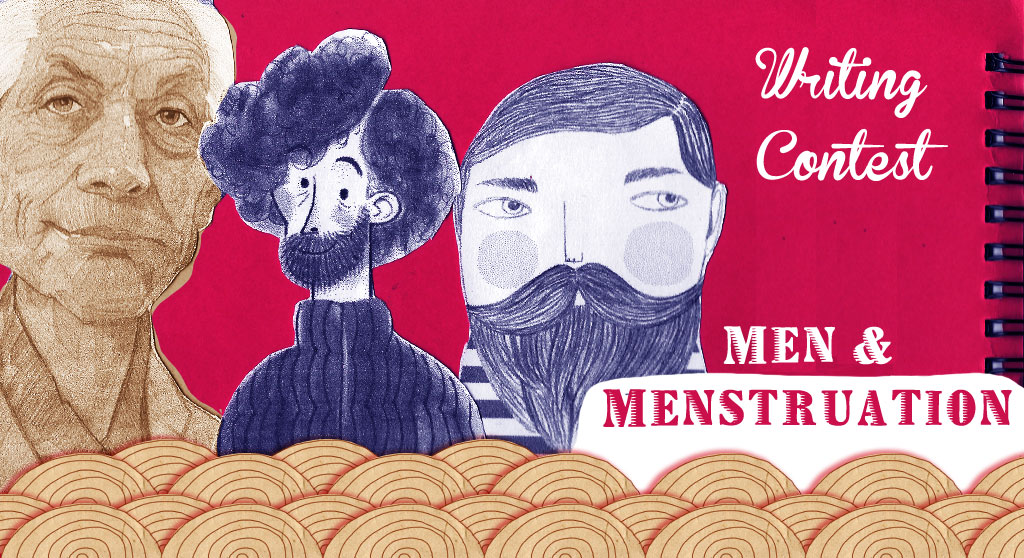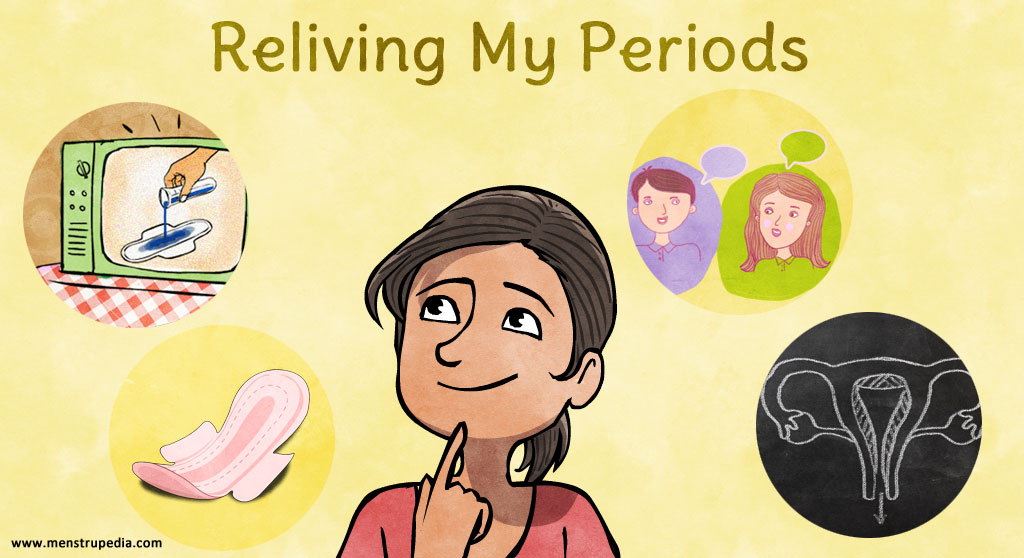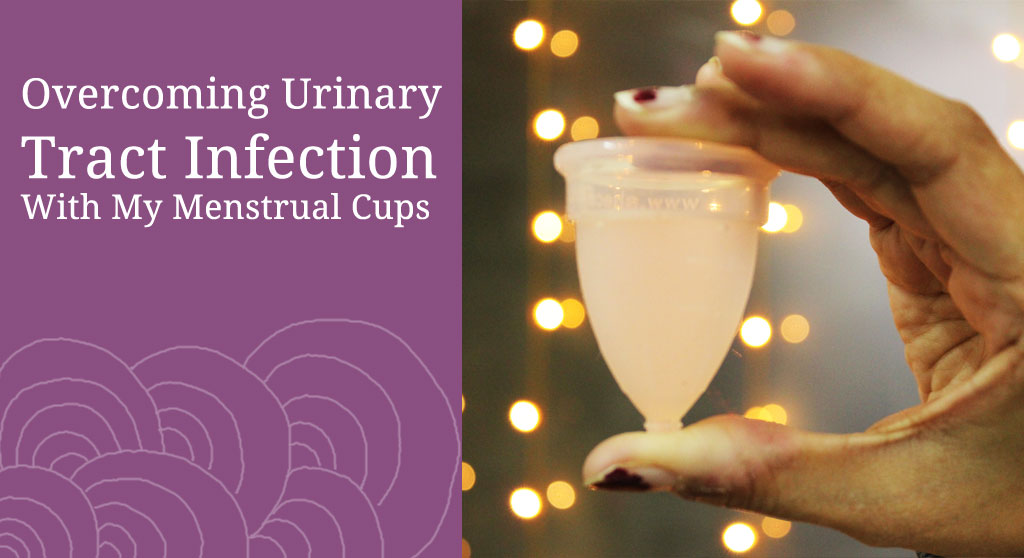Sanitation, a much ignored issue, is one of the biggest health determinants for women in India today. Access to a toilet, clean drinking water, hygienic surroundings and sanitary pads are elementary things, the absence of which is widespread, with disastrous health consequences. We profile four initiatives that show how beautifully simple and effective solutions can solve nation-wide challenges.
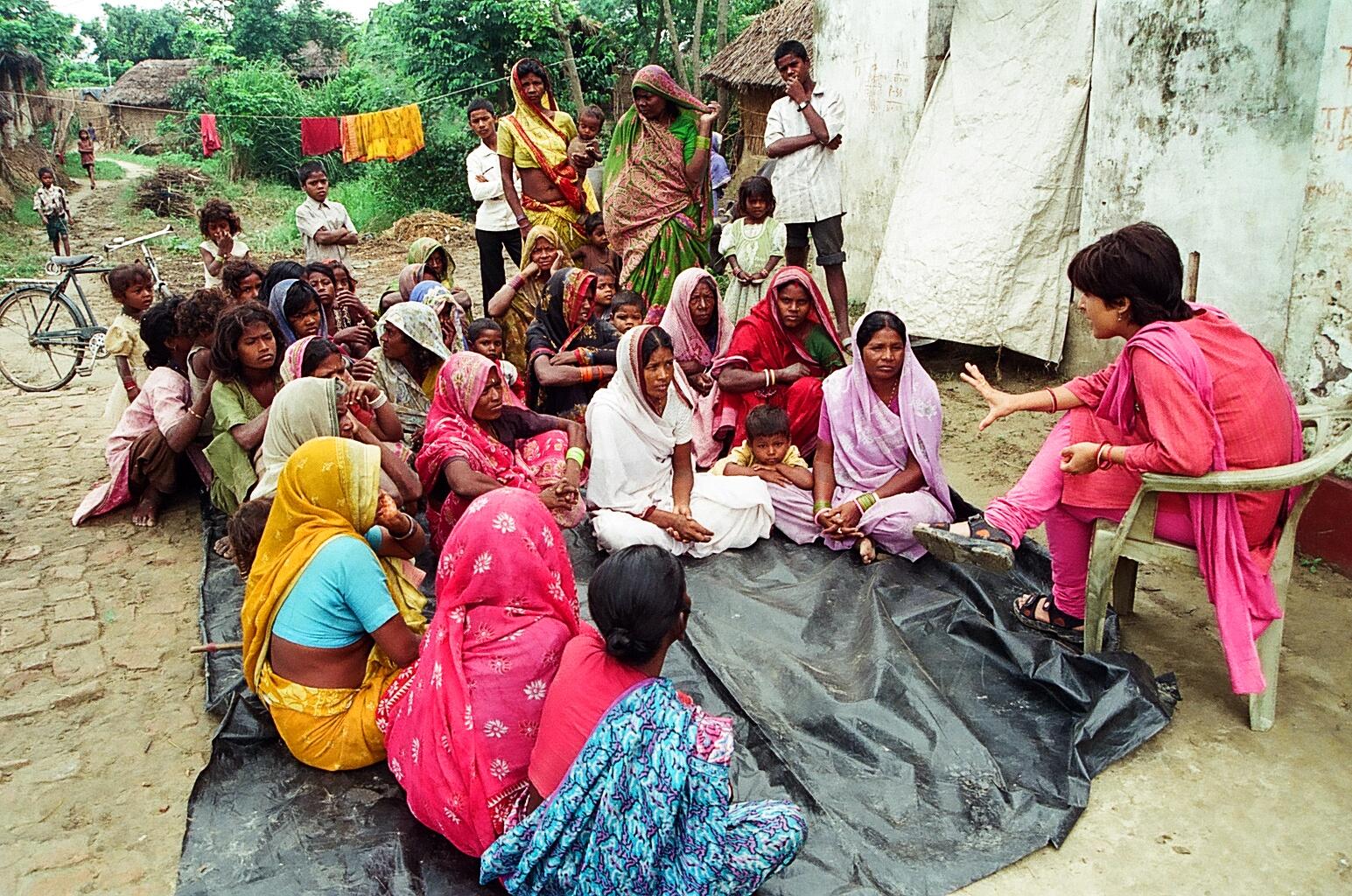
In a traditionalistic country like India, women have been out of homes on work for at least 3-4 generations now, mingling with people, earning their money and getting a chance to exercise their voices in the household. Yet, when it comes to their health and hygiene, there is much left to be desired.
In most houses across the country, a toilet is considered a luxury. Come morning and you will see people of the village trotting to the edge of fields to do their business. This puts the women in an awkward situation, having to protect their modesty before the rest of the villagers. Either they have to make the journey to the fields during pre-dawn hours or wait until late in the night, both highly unfavourable.
Then there is the long walk thousands of women across India make to fetch water from distant wells. Or the unspoken issue of menstrual hygiene they grapple with.
Supriya is a bright and bubbly young girl who works as a maid in an affluent household in Dimapur, Nagaland. She has free boarding and lodging at her place of work and earns a tidy sum too, being a companion to an old widow. Yet, she feels that she cannot afford to buy a box of sanitary napkins every month; that money could be used to buy more ‘useful’ things, she says. Her employers discovered, to their horror, that she was using wads of cloth during her periods every month.
Supriya’s story finds an encore across the country, if they will talk about it, that is. A woman’s menses is something she should never talk about – it is unclean, against religion and for the duration of those days, she is relegated to the corner of a room. Such superstitions have ensured a further slip into secrecy for a natural bodily function.
Coupled with the high cost of sanitary pads, it is close to impossible for a majority of women in this country to even consider such a thing as menstrual hygiene. That is where organisations like Goonj come in.
Not just a piece of cloth
When Goonj began to look into the menstrual hygiene of women, they were shocked to discover that rural women were using things as varied as newspapers, plastic, gunny bags and sand and ash during their periods, leading to infections and even removal of the uterus in some cases!
Goonj’s founder director Anshu Gupta says that as part of their work in the eastern and northern parts of the country, they make 1.5-2 lakh sanitary napkins out of cloth that is donated directly or through the organisation’s other cloth initiatives. “The sterilized strips are sold at Rs 5 for a pack of five. But this must be the cheapest possible napkins in the world because these are reusable a few times, working out to 25-40 paisa for one napkin,” he says.
Gupta also talks about a new Goonj program that is being launched soon. “We want urban women to think of their rural counterparts when they use a sanitary pad. Anyone, even a maid in a city, can afford to pay Rs 10 per month. This money will be used to provide sanitary pads to rural women.”
Personal hygiene for a woman comes as much from menstrual hygiene as it does from having a clean toilet. 665 million people in India have no access to sanitation, and have to defecate in the open. The lack of toilets makes women susceptible to snake bites, sometimes even sexual assaults, as they find their way towards lonely fields in the night. It aggravates during the time of menses. All in all, a messy, awkward situation, marginalizing women in their own homes and villages.
Dry toilets
Hitting both problems at once are the ECOSAN dry toilets promoted by Society for Community Organisation and People’s Education (SCOPE), an NGO in Trichy. The toilets are built as two chambers with a concrete bottom. There is no contact between the excreta and the soil beneath. The user spreads ash over the excreta to prevent flies and any stink after. The excreta are left to compost, and in six months, it can be used as manure.
Finding that male masons were hesitating to build toilets, SCOPE trained ten women masons. Gnanarajan, officer at SCOPE, says, “There are six women masons who are working now. 15 toilets have been completed by them. They charge lesser than the men. So the villagers are happy too.” SCOPE has also helped the village of Sevanthilingapuram near Trichy become what is probably the world’s first ECOSAN village.
The initiative has given women like Dhanalakshmi, Akilandeshwari, Yoga Lakshmi and others a means to earn a livelihood. At Rs 200 as wages per day, it not just ensures a hygienic life for them and others in the village, but they are now also capable of meeting expenses on their own.
Even as we speak eco-toilets, elsewhere in India, there are households that have a mobile phone and a colour TV, but no toilet. In the state of Haryana, the issue came to such a head that women started a unique movement – no getting married into homes that did not have a toilet.
No toilet, no bride
A little over four years ago, the Ministry of Rural Development in Haryana introduced the ‘no toilet, no bride’ campaign. The slogan caught on in villages and mothers refused to get their daughters married off into homes that did not have a toilet. Haryana remains a state with a skewed sex ratio, owing to the traditional preference of male children over female. This gave the girls bargaining rights to demand for toilets to be built.
The campaign has become immensely popular. The statistics prove just how successful it has been, with the number of rural homes with toilets rising from a measly 29% in 2001 to an impressive 98% in the last five years. The Ministry estimates that over 1.71 million toilets that have been built in the state.
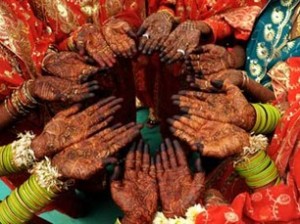
The issue of clean drinking water, or rather the lack of it, is one that plagues not just the rural countryside but also several pockets of urban living spaces. Most people, in the face of this crisis, learn to ‘make do’ with unclean water from dubious sources. This has resulted in water-borne diseases, outbreak of epidemics, and a scenario that feeds illness among the residents. But then you discover that great problems often have the simplest of solutions, like the SODIS method of purification of water.
Just show them the sun
It has been estimated that out of India’s billion plus population, there are over 120 million that don’t have access to clean drinking water. Most methods of purification are expensive and beyond the reach and comprehension of people below the poverty line.
All it takes in the SODIS method is a PET bottle and some nice hot sun! One of the partners in India implementing this method that was created in the 1990s, is the League for Education and Development (LEAD), based in Trichy. The director N. Radha says, “India does not have a policy on safe drinking water. This SODIS method is really simple. All you have to do is fill a PET bottle and leave it outside under the sun for six hours. As long as the water is fairly clean and not muddy, even sub-surface water can be used,” she explains.
The wariness of using PET bottles is dismissed on the basis of several studies that have shown that these bottles are completely safe, says Radha. At the moment, LEAD’s focus is on urban slums in Chennai where they have reached 1.2 lakh households. “The main villains in the safe drinking water sector are manufacturers of packaged water and water filter makers. Research has shown that the SODIS method is fully safe. We want to ensure that the urban poor use their resources on something else other than buying water,” she says, adding that packaged water is popular in slums, a practice they want to change. A 20-litre can of bottled water costs anything between `35 and `60.
LEAD spreads the word around through centralized teaching programs, community radio and other means. Awareness programs have touched 350 schools already. Radha continues, “When water is stored and consumed from these bottles, there is very little chance of re-contamination as opposed to bigger vessels, because people might pour the water into another glass which might not be clean. Personal hygiene and the cleanliness of the surroundings, or the lack of them, might affect the quality of the water,” she adds.

Radha says that recycled bottles are sold to the urban poor for as little as `1 per bottle. “Any white coloured bottle can be used, even soft drink bottles,” she adds. Thanks to this initiative, the women in such households have been able to use cleaner water in their cooking. Muthulakshmi, one of the beneficiaries from Chennai says, “I can now get cleaner water just by filling up the bottles. My neighbours have started using them too. Earlier we had to spend a lot of money to buy canned water, but this is free and healthy!”
Supriya, Dhanalakshmi, substitute these names with any name of a woman you know with a lower middle class background and the case stories would remain the same, irrespective of which state you go to. Women, at least in Indian societies have been known to put their needs at the very end, after the rest of the family is fed, clothed and cared for. But it is only when the women of the house are healthy that they can extend similar care to the others. And keeping women healthy by solving basic issues is what organisations like Goonj, SCOPE and LEAD continuously strive for.
Know more about these initiatives:
Goonj: www.goonj.info
ECOSAN toilets: http://www.scopetrichy.com/Features_of_ECOSAN_Compost_Toilet.asp
SODIS method: http://www.sodis.ch/methode/index_EN
Deepa is a writer and independent journalist based in Bangalore. She blogs at http://dbhasthi.blogspot.com
This article is republished from “The Alternative“




